Beyond the Bold: A Hunter’s Guide to Pairing Wine with Game
There is a primal satisfaction in enjoying game meat. Whether it’s venison, wild boar, pheasant, or duck, these meats speak of the forest, the field, and the untamed earth. Their flavors are deeper, richer, and more complex than their domesticated counterparts, often carrying a subtle gaminess, a leaner texture, and a profound savoriness. Pairing wine with game isn’t about finding the most powerful bottle; it’s about finding a partner that can harmonize with this wild symphony. The goal is not to dominate, but to complement, contrast, and elevate.
The key lies in understanding the unique characteristics of game and how different wine components from e.g. the Dordogne vineyards interact with them. The “gamy” flavor, a result of the animal’s diet and active life, requires a wine with enough structure and aromatic complexity to stand alongside it. The leaner, denser protein structure often calls for tannins to scrub the palate. The cooking method—whether a slow-braised venison stew or a quickly seared duck breast—further refines the choice.
The Red Wine Rule (And Its Exceptions)
For most red game meats, red wine is the intuitive and often correct choice. The magic lies in the interplay of tannins, acidity, and flavor profiles.
Tannins are Your Friend:
Tannins, the phenolic compounds that create a drying sensation in your mouth, bind with proteins and fats. In game meats, which are often lean but richly flavored, tannins act as a palate cleanser, cutting through the intense savory notes and preparing your taste buds for the next bite.
Acidity Cuts the Richness:
Game meats, especially when cooked with rich sauces involving berries, wine, or cream, can be incredibly unctuous. A wine with bright acidity slices through this richness, preventing the pairing from feeling heavy or cloying.
Echoing the Earth:
Wines from regions known for their earthy, savory profiles naturally complement the “forest floor” character of many game animals.
A Guide to Pairing by Game
Here is a breakdown of ideal wine partners for some of the most popular game meats.
Table 1: Red Wine Pairings for Major Game Meats
| Game Meat | Key Characteristics | Top Wine Pairings | Why It Works |
| Venison (Deer) | Lean, fine-grained, deeply savory, iron-like gaminess. | Pinot Noir (Burgundy), Barolo/Barbaresco, Syrah (Northern Rhône) | Pinot’s earthiness mirrors the forest. Nebbiolo’s high acid/tannin matches the leanness. Syrah’s peppery, meaty notes create harmony. |
| Wild Boar | Dark, robust, intensely gamey, fattier than venison. | Mourvèdre/Bandol, Aglianico, Zinfandel | These are powerful, structured wines with wild berry and earthy notes that can stand up to boar’s bold flavor. |
| Duck & Goose | Dark, rich, fatty meat with a distinctive flavor. | Pinot Noir, Cru Beaujolais, Right Bank Bordeaux | The acidity and red fruit of Pinot/Gamay cut the fat. Merlot-based Bordeaux provides plush fruit and structure. |
| Elk & Bison | Similar to beef but leaner, sweeter, and more intense. | Cabernet Sauvignon, Malbec, Rioja Gran Reserva | These classic, structured reds have the tannic backbone to handle the dense protein and amplify the meat’s sweetness. |
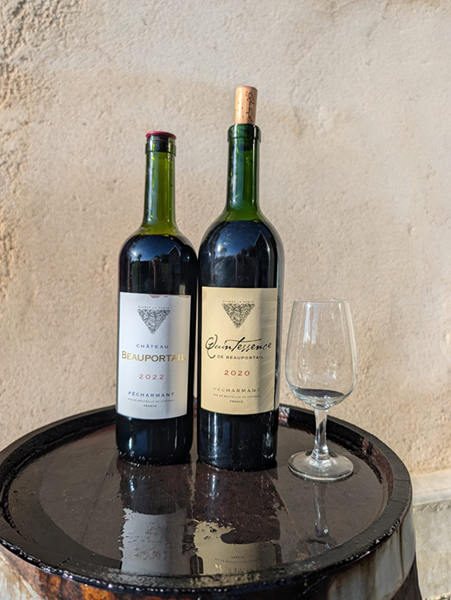
The Secret Weapon: Cru Beaujolais
While big, bold wines often get the spotlight, one of the most versatile reds for game is Cru Beaujolais (from villages like Morgon, Moulin-à-Vent). Made from the Gamay grape, these are not simple, fruity wines. They offer a stunning combination of high acidity, low-but-grippy tannins, and flavors of tart red fruit, granite, and earth. They are agile enough for duck, yet structured enough for a venison steak.
Don’t Overlook the Whites (and Rosé)
While reds dominate the conversation, certain game dishes and birds are spectacular with white wine, rosé and other underrated French wines. The general rule is: the lighter the meat’s color and the more delicate its flavor, the more a white wine becomes a viable option.
For Pheasant and Quail:
These birds have a milder, more delicate gaminess. A full-bodied, aromatic white like an oaked Chardonnay from Burgundy or a White Rhône Blend (Marsanne/Roussanne) can be magnificent. Their weight and creamy texture complement the meat without overwhelming it.
For Wild Turkey:
Think beyond the Thanksgiving Chardonnay. A mature, complex Rioja Blanco (oaked Viura) or an Alsace Pinot Gris has the spice and structure to be a thrilling partner.
The Rosé Compromise:
A dry, robust, Provençal-style rosé, with its red fruit notes and crisp acidity, is a fantastic and versatile choice for a mixed game grill or charcuterie board featuring game pâtés.
The Impact of Sauce and Preparation
The cooking method and accompanying sauce can be the final arbiter of your wine choice. A wine that pairs perfectly with a grilled venison chop may be lost with a venison stew braised in red wine and chocolate.
Table 2: Pairing by Preparation Method
| Preparation Style | Dish Example | Ideal Wine Style | Reasoning |
| Grilled or Roasted | Grilled Venison Loin | Aged Barolo, Right Bank Bordeaux | Simple preparations highlight the pure meat flavor, requiring a wine of similar elegance and complexity. |
| Stewed or Braised | Venison Bourguignon, Wild Boar Ragù | Syrah, Zinfandel, Southern Rhône Blends | Slow-cooking tenderizes and creates a rich, unified sauce. A robust, fruit-forward wine melds seamlessly. |
| With Fruit-Based Sauces | Duck à l’Orange, Venison with Berry Jus | Pinot Noir, German Spätburgunder | The wine’s inherent red fruit character (cherry, raspberry) bridges the gap between the savory meat and sweet sauce. |
| Cured & Charcuterie | Duck Prosciutto, Wild Boar Salami | Cru Beaujolais, Dry Rosé, Fino Sherry | Saltiness and intense flavor need a palate-cleansing wine with high acidity and low tannin. Fino Sherry is a classic, brilliant match. |
The Final Hunt
The ultimate pairing is the one that brings you the most pleasure, but a few guiding principles will steer you toward a legendary match.
1. Match Weight with Weight: A heavy, rich dish needs a wine with equal presence on the palate.
2. Acidity is Essential: It is the key to balancing richness and cleansing the palate, especially with fatty game like duck.
3. Tannins for Lean Meats: Lean, dense proteins like venison are best friends with tannic wines.
4. Consider the Sauce: Often, the sauce is a more powerful flavor agent than the meat itself. Pair your wine to it.
5. Embrace the Earth: Wines that themselves have savory, earthy, or herbal notes will naturally sing with game.
So, the next time you prepare a wild feast, see your wine not as a mere beverage, but as an essential component of the dish—the liquid seasoning that can tame the wild and reveal its deepest, most delicious secrets.
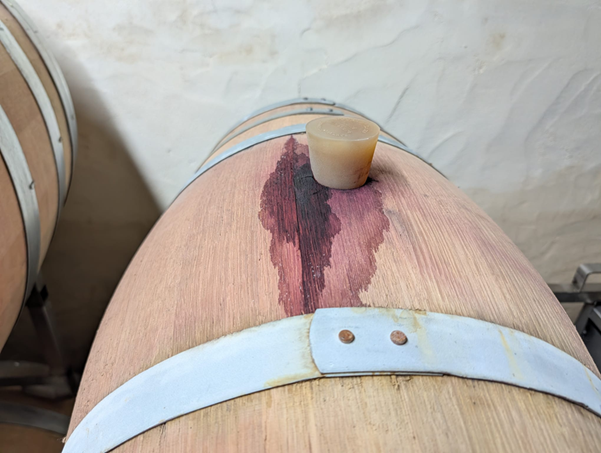
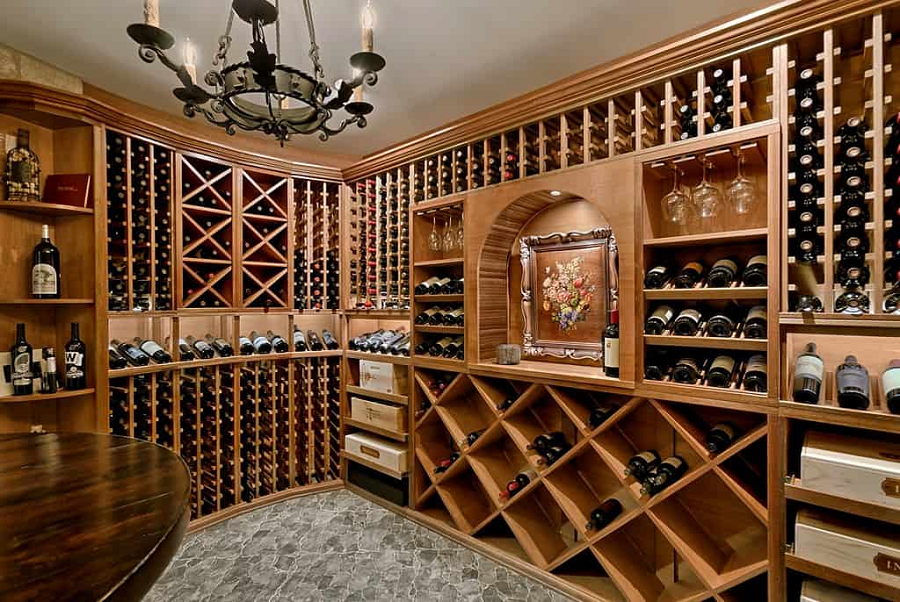
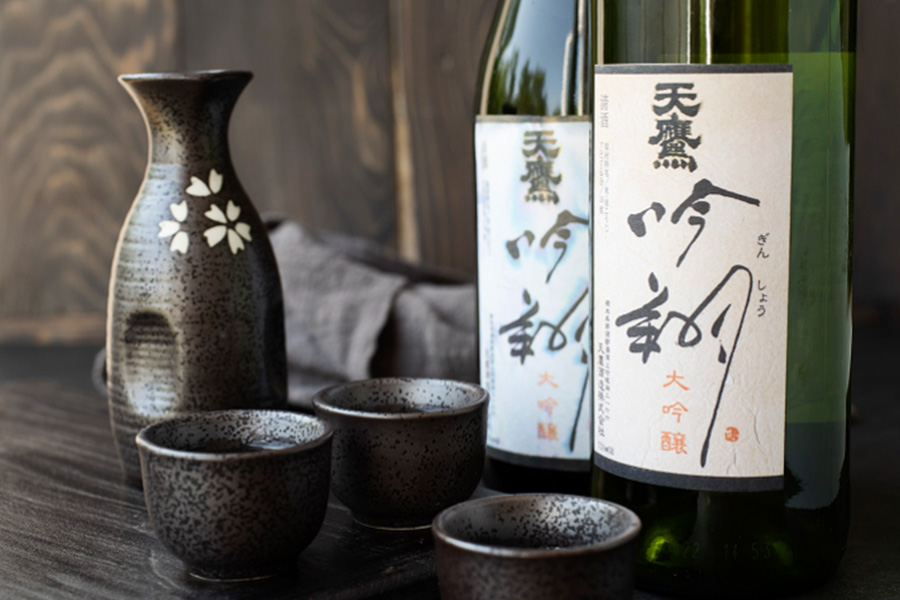

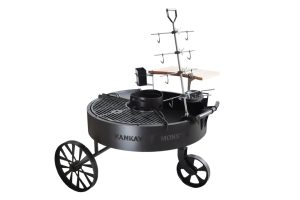
Post Comment
You must be logged in to post a comment.